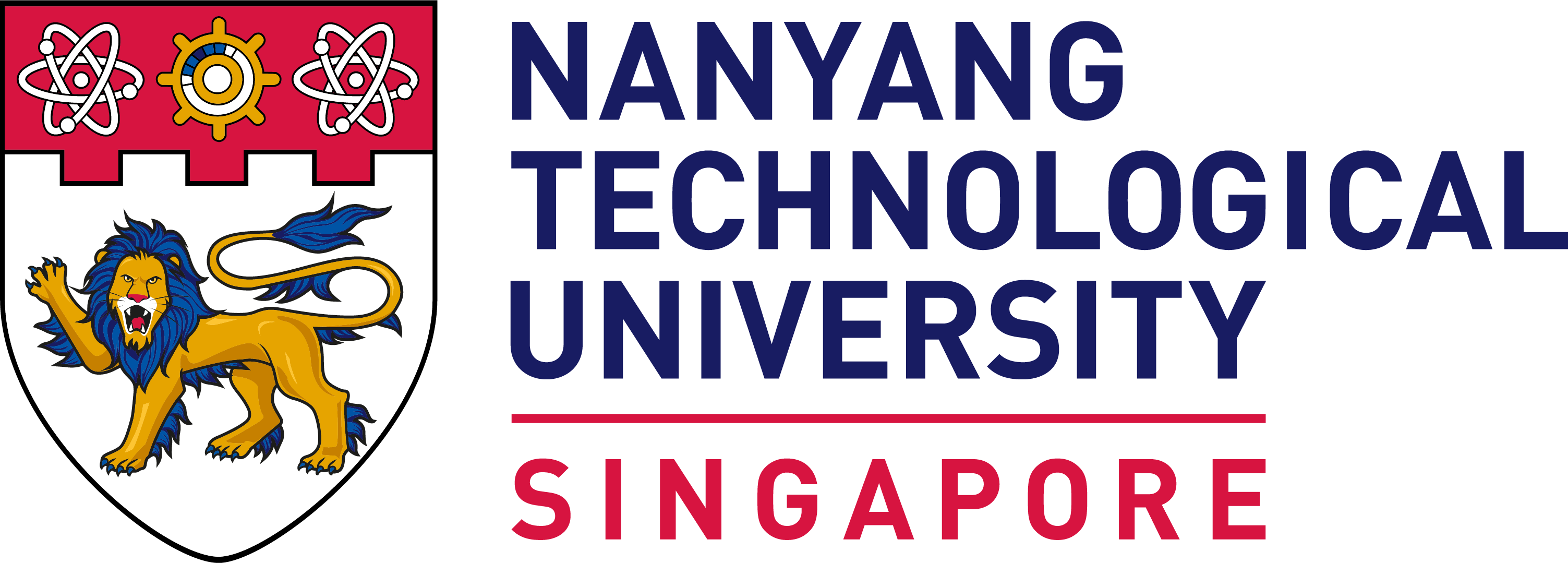Molecular Catalysis of Water Splitting and CO2 Reduction

Abstract
Besides our extended studies on photocatalytic hydrogen evolution from water using Pt(II)-based molecular catalysts,1,2 pioneering studies on molecular water oxidation (mWO) catalysis have also been advanced in our group.3-6 We developed the fundamental concepts on the Ru-, Fe-, Co-, and Cu-based single-site molecular water oxidation catalysts (mWOCs).3 The single-site cobalt polyoxomolybdate (CoPOM) mWOC is an especially important mWOC due to its high activity and durability.3 Importantly, the O-O coupling in CoPOM was proven to proceed among the preinstalled oxygen atoms in the cluster.4 Our findings involved the mWO activities of cobalt tetraphenylporphyrin (CoTPP) derivatives.5 We also advanced our studies on semiconductor-mWOC hydbrid systems for solar fuel generations by anchoring mWOCs over the surfaces of semicondor materials carbon nitrides (C3N4) 7 or TiO2.8
In addition to the above issues, we reported that water-soluble CoTPPS derivatives are outstanding catalysts due to their high selectivity for CO2-to-CO conversion versus water reduction to H2 even under the fully aqueous media.9-12 We also confirmed that the formate forms via the nucleophilic attack of a metal-hydride (M-H) at the carbon center of CO2 rather than the classically accepted pathway via the insertion of CO2 into a metal-hydride bond with the lack of any O(formate)-coordinated products, and directly ends up with the release of formate.13,14 The remarkable finding in the water-induced high selectivity in CO2-to-HCOOH conversion catalyzed by [RhIIICp*(dihydroxy-bpy)Cl]+ was also evidenced in our study.14
References
1. Ozawa, H.; Sakai, K. Chem. Commun. 2011, 47, 2227-2242.
2. Kitamoto, K.; Sakai, K. Chem. Commun. 2016, 52, 1385-1388.
3. Parent, A. R.; Sakai, K. et al. Adv. Inorg. Chem. 2019, 74, 197-240.
4. Taira, N.; Yamauchi, K.; Sakai, K. ACS Catal. 2023, 13, 3211-3223.
5. Nakazono, T.; Parent, A. R.; Sakai, K. Chem. Commun. 2013, 49, 6325-6327.
6. Aimoto, Y.; Parent, A.; Yamauchi, K.; Sakai, K. J. Am. Chem. Soc. 2024, 146, 16866-16877.
7. Tomita, Y.; Taira, N.; Sakai, K.; Ozawa, H. ACS Catal. 2024, 14, 5788-5794.
8. Yan, X.; Sakai, K.; Ozawa, H. ACS Catal. 2023, 13, 13456-13465.
9. Call, A.; Cibian, M.; Yamauchi, K.; Sakai, K. et al. ACS Catal. 2019, 9, 4867-4874.
10. Zhang, X.; Cibian, M.; Call, A.; Yamauchi, K.; Sakai, K. ACS Catal. 2019, 9, 11263-11273.
11. Zhang, X.; Yamauchi, K.; Sakai, K. ACS Catal. 2021, 11, 10436-10449.
12. Sueyoshi, F.; Zhang, X.; Yamauchi, K.; Sakai, K. Angew. Chem. Int. Ed. 2023, 62, e202217807.
13. Liao, C.; Yamauchi, K.; Sakai, K. ACS Catal. 2024, 14, 11131-11137.
14. Lee, D.; Yamauchi, K.; Sakai, K. J. Am. Chem. Soc. 2024, published online (ASAP).
Biography
Ken Sakai received his B.S. (1987), M.S. (1989), and Ph.D.(1993) from Waseda University working with Kazuko Matsumoto. He was an assistant professor at Seikei University during 1991-1999, an associate professor at Tokyo University of Science during 1999-2004, and has been a full professor at Kyushu University since 2004. He was also appointed as a principal investigator for Kyushu University International Institute for Carbon-Neutral Energy Research (WPI-I2CNER) since 2012. His interests involve study leading to improved understanding of various important catalytic processes together with work aiming at the development of hybrid materials as artificial photosynthetic nanoreactors for solar fuel generation.

